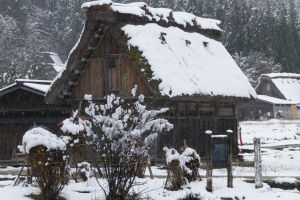UNESCO is committed to promoting international cooperation among nations in the fields of education, science, and culture as a means of building peace.
In 2015, the United Nations General Assembly adopted the 2030 Agenda for Sustainable Development.
UNESCO's projects will help to achieve the sustainable development goals of this agenda.
Dialogue and mutual understanding are the basis for building peace, and the intellectual and moral solidarity of humanity is a prerequisite for peacemaking.
In this spirit, UNESCO is active in developing educational tools to combat hatred, promote inclusion and foster global citizenship.
UNESCO is committed to ensuring that every child and citizen has access to quality education.
UNESCO strengthens ties between nations by promoting cultural heritage and cultural equality.
UNESCO promotes science programs and policies as a platform for development and cooperation.
It, therefore, remains UNESCO's mandate to reaffirm its humanistic mission in the fields of education, science, and culture.
A dual-world cultural and natural heritage, also known as a compound heritage, is one that has both natural and cultural heritage.
In the early days of the list of compound heritage sites, some were first listed as natural or cultural heritage and then also evaluated as another type of heritage, thus becoming compound heritage.
For example, the East Grillo National Park (New Zealand) and the Abyssinian River National Park (Peru) were first listed as natural heritage and then also as cultural heritage, resulting in a composite heritage.
As of 2019, there are 24 U.S. World Heritage Sites that have been reviewed and approved by UNESCO for inclusion on the World Heritage List since the United States joined the ranks of States Parties to the Convention for the Protection of the World Cultural and Natural Heritage on December 7, 1973.
This is tied with Iran for 10th place in the world in terms of numbers.
The United States has served on the World Heritage Committee a total of four times and has hosted the second and sixteenth World Heritage Congresses.
Today we present to you the natural heritage of the United States.
The vast natural forests of Yellowstone National Park cover some 9,000 square kilometers, 96% of which is in Wyoming, 3% in Montana, and 1% in Idaho.
Yellowstone National Park contains half of the Earth's known geothermal resource variety, with more than 10,000 sites.
The National Park also has the highest concentration of geysers in the world, with more than 300 geysers, about two-thirds of the Earth's total.
Yellowstone National Park was established in 1872 and it is also famous for its biodiversity, which includes grizzly bears, wolves, bison, and elk. Located at the southernmost tip of Florida.
The Great Swamp National Park has been described as a 'river of green land flowing inland to the sea'.
The National Park has a large area of water that provides a habitat for many birds and reptiles and is also a sanctuary for endangered animals such as manatees.
The famous Grand Canyon of Colorado, some 1,500 meters deep and formed by the erosion of the Colorado River over many years, is one of the most spectacular canyons in the world.
The Grand Canyon lies within the state of Arizona and stretches across the entire Grand Canyon National Park.
The Grand Canyon's horizontal hierarchy demonstrates the geological transformation of the earth over two billion years, while it also preserves a large number of remnants of human adaptation to the harsh conditions of the time.


